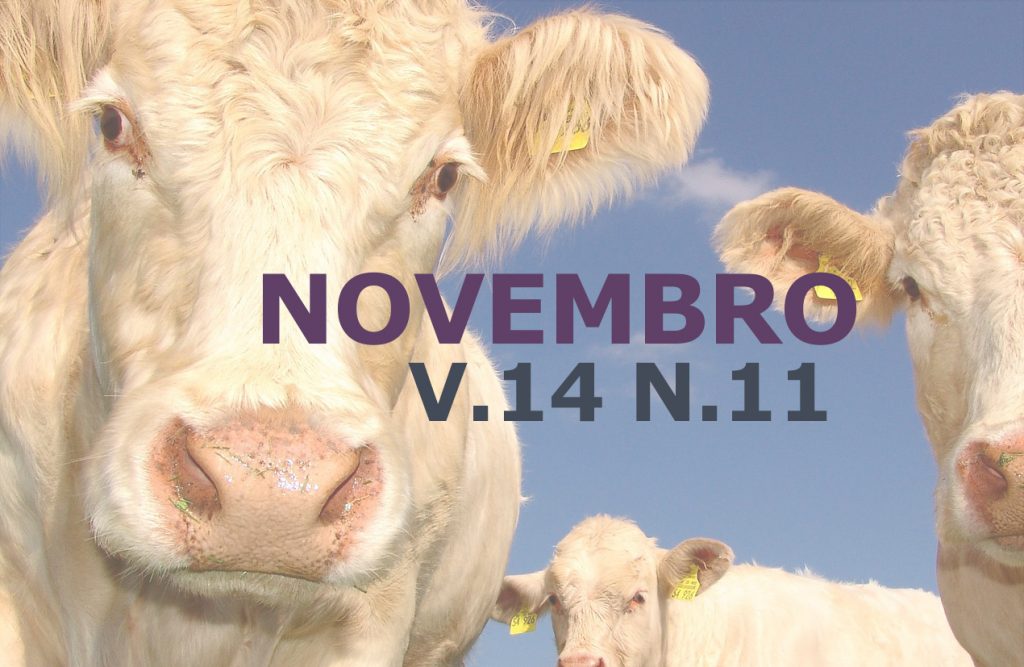Epidemiological, clinical-pathological aspects and rabies diagnosis in farm animals: Review
DOI:
https://doi.org/10.31533/pubvet.v14n11a690.1-11Keywords:
Negri corpuscle, central nervous system, Desmodus rotundusAbstract
Rabies is a viral disease that affects wild and domestic animals has been reported in Brazil since 1911. From the point of view of public health, it is imperative that people who have contact with animals be subjected to vaccination. The rabies virus is neurotropic and highly lethal to humans and animals. The damage inherent to rabies is difficult to quantify and the livestock production chain is the most affected. This paper briefly addresses the etiological aspects of rabies, as well as epidemiological factors involved in maintaining the disease in productive systems and the wild and urban environments. The clinical signs in animals affected by the disease were listed according to the species and clinical forms of presentation of rabies, namely, paralytic and furious. Topics on the main necropsy changes, histopathological lesions of the disease were also addressed, with some peculiarities regarding the distribution and characteristics of the lesions. The main forms of rabies diagnosis in farm animals and measures of control and prophylaxis were listed.
Downloads
Published
Issue
Section
License
Copyright (c) 2020 Lucas de Souza Quevedo, Gustavo Gois Padilha Hugen, Raissa Moreira de Morais, Pedro de Souza Quevedo

This work is licensed under a Creative Commons Attribution 4.0 International License.
Você tem o direito de:
Compartilhar — copiar e redistribuir o material em qualquer suporte ou formato
Adaptar — remixar, transformar, e criar a partir do material para qualquer fim, mesmo que comercial.
O licenciante não pode revogar estes direitos desde que você respeite os termos da licença. De acordo com os termos seguintes:
Atribuição
— Você deve dar o crédito apropriado, prover um link para a licença e indicar se mudanças foram feitas. Você deve fazê-lo em qualquer circunstância razoável, mas de nenhuma maneira que sugira que o licenciante apoia você ou o seu uso. Sem restrições adicionais
— Você não pode aplicar termos jurídicos ou medidas de caráter tecnológico que restrinjam legalmente outros de fazerem algo que a licença permita.





